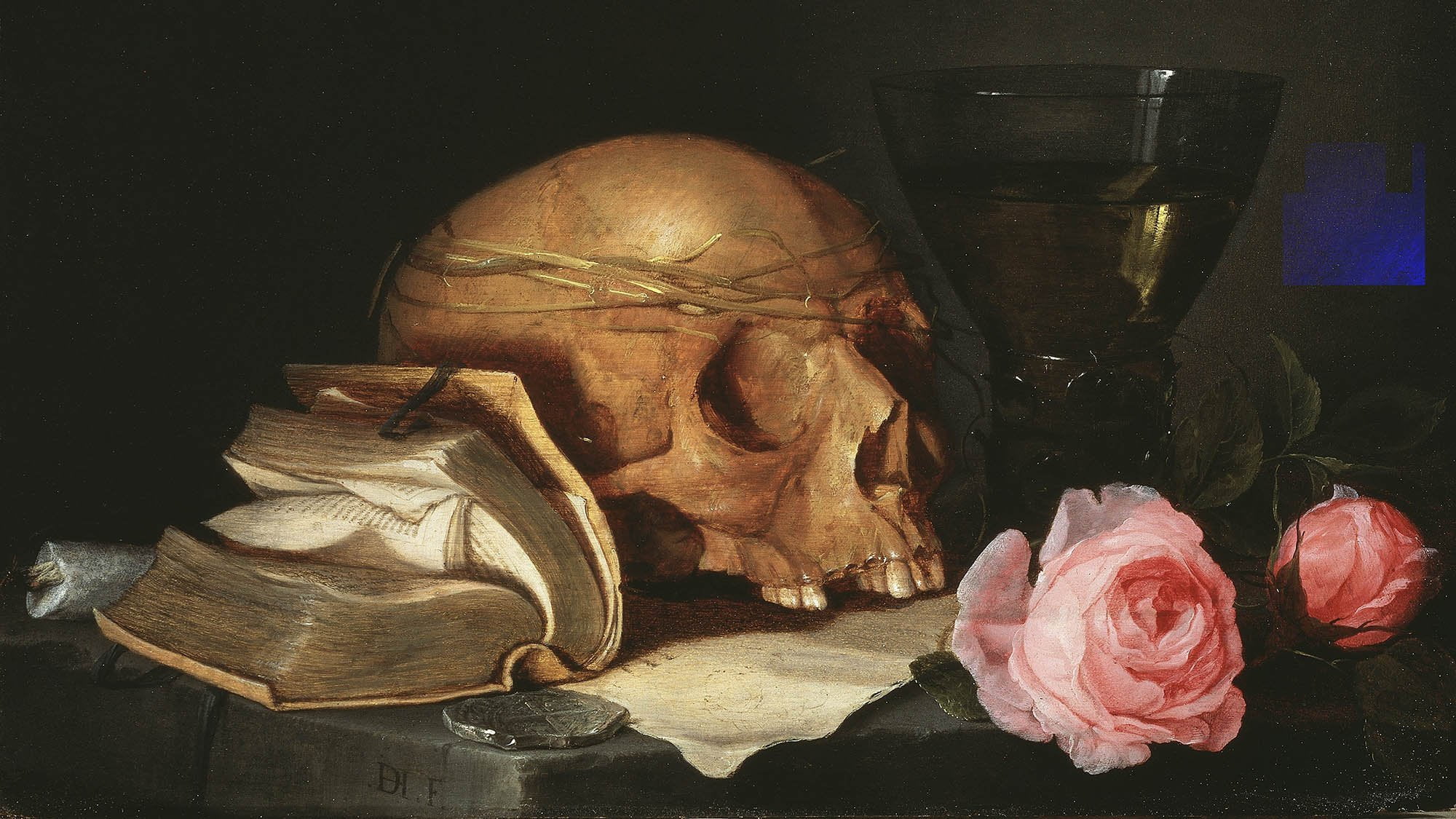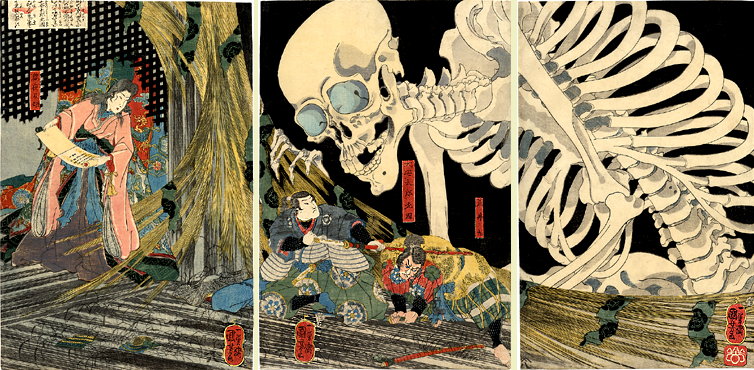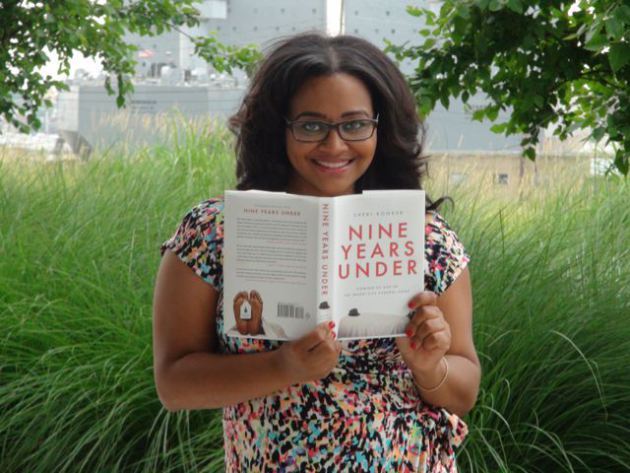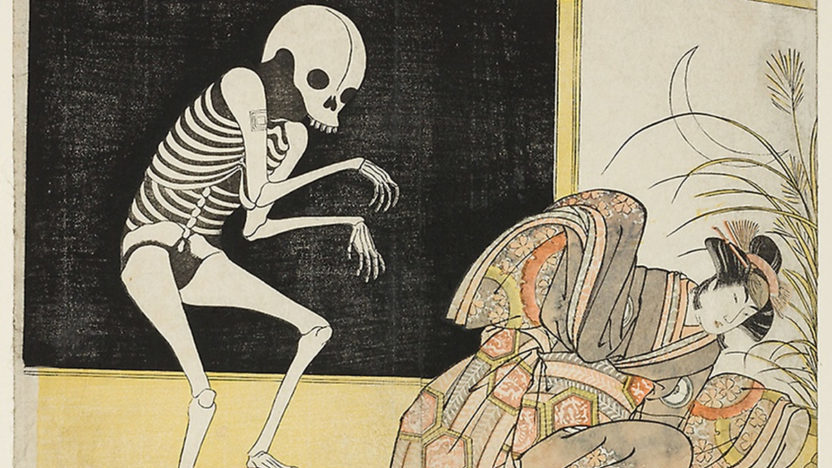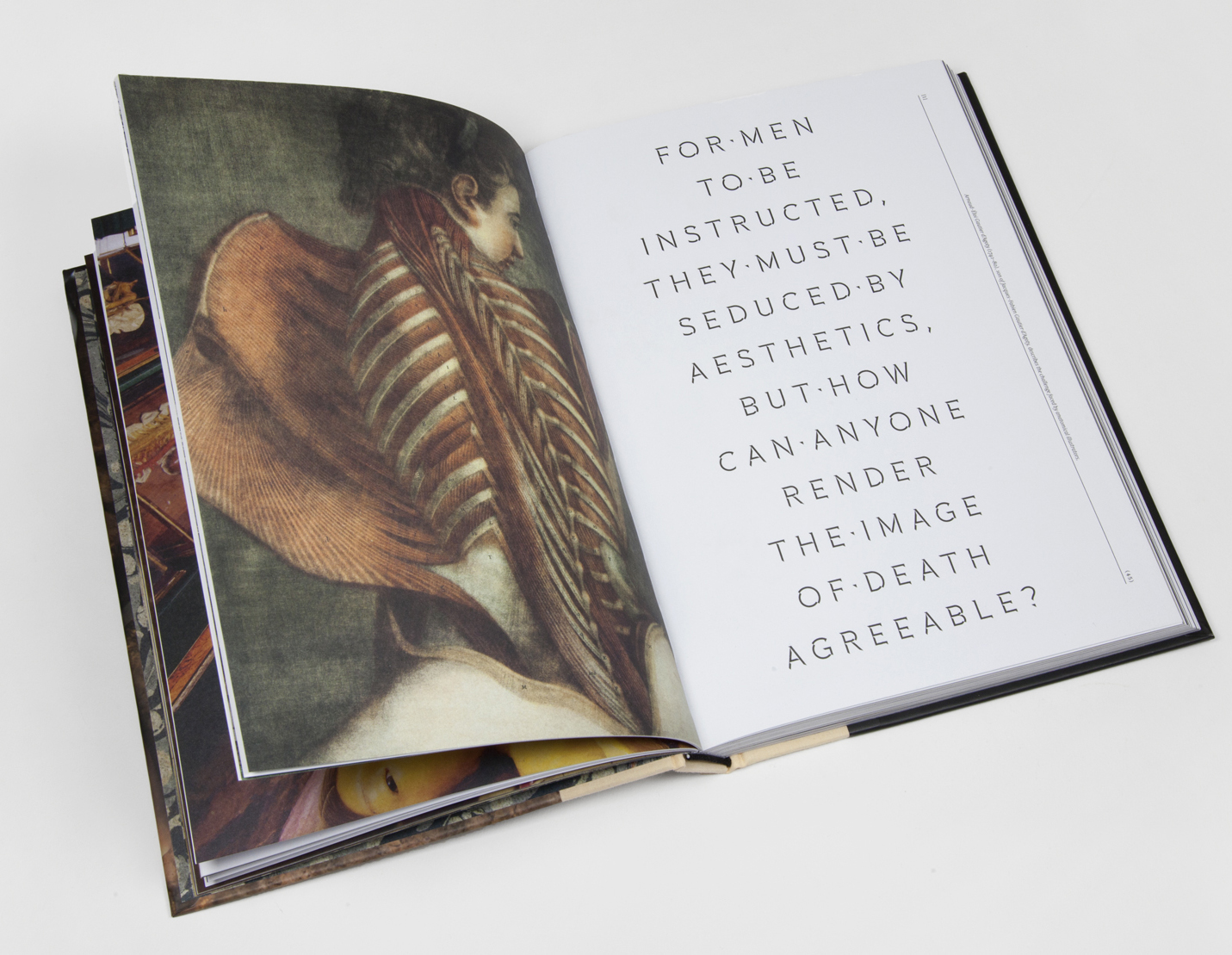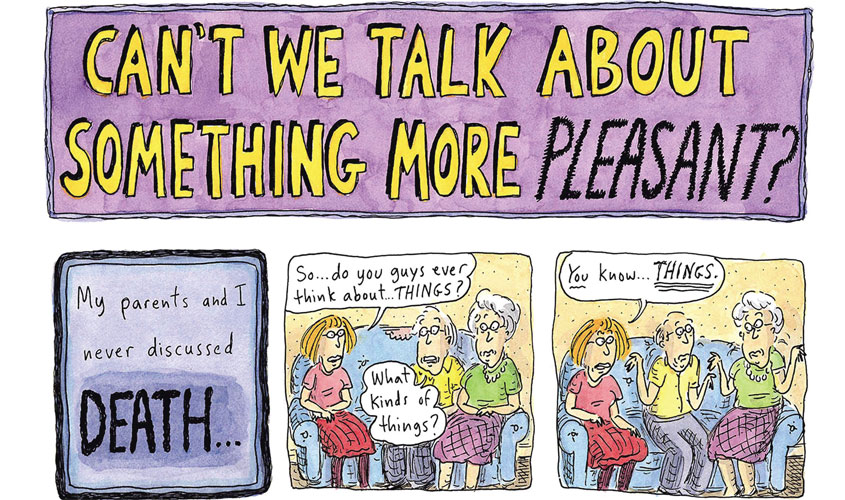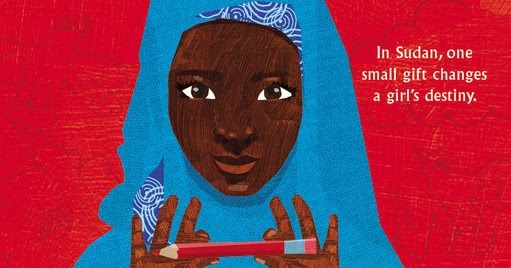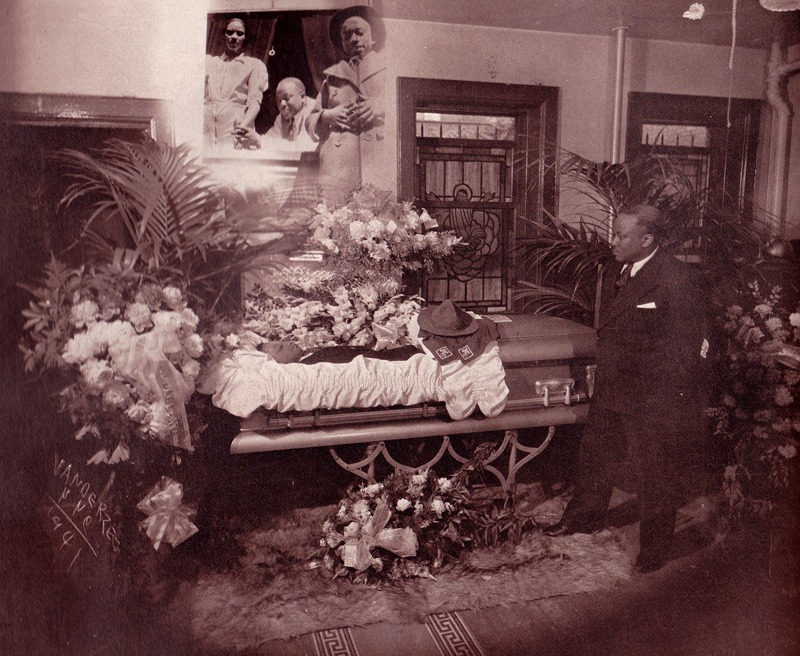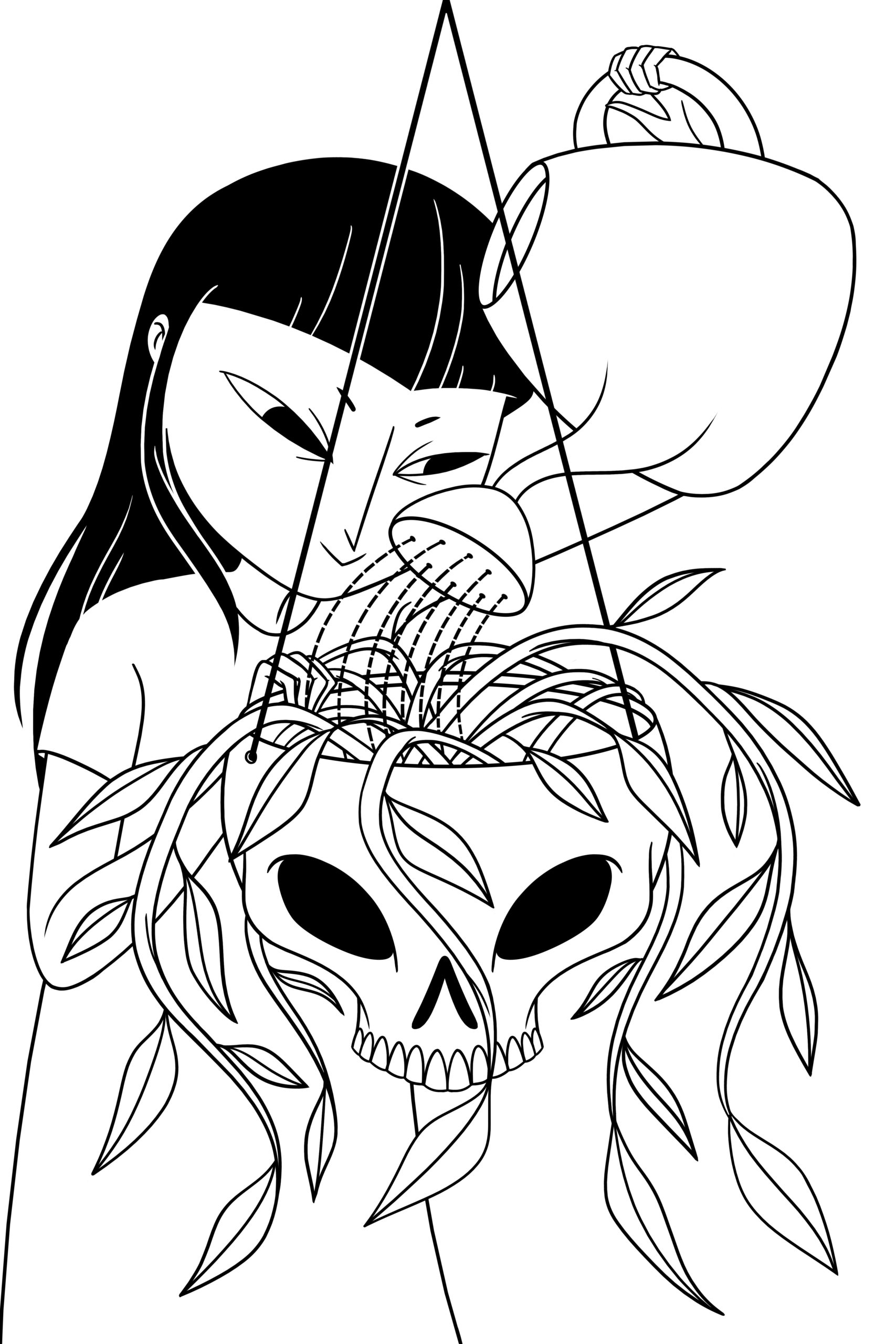By Thomas W. Laquer
No culture has been indifferent to mortal remains. Even in our supposedly disenchanted scientific age, the dead body still matters—for individuals, communities, and nations. A remarkably ambitious history, The Work of the Dead offers a compelling and richly detailed account of how and why the living have cared for the dead, from antiquity to the twentieth century.
By Karla FC Holloway
Holloway finds that ways of dying are just as much a part of Black identity as ways of living. Gracefully interweaving interviews, archival research, and analyses of literature, film, and music, Holloway shows how the vulnerability of African Americans to untimely death is inextricably linked to how black culture represents itself and is represented.
By Frances Larson
From the Western collectors whose demand for shrunken heads spurred massacres to Second World War soldiers who sent the remains of the Japanese home to their girlfriends, from Madame Tussaud modeling the guillotined head of Robespierre to Damien Hirst photographing decapitated heads in city morgues, from grave-robbing phrenologists to skull-obsessed scientists, Larson explores our macabre fixation with severed heads.
By Claudio Lomnitz
Death and the Idea of Mexico is the first social, cultural, and political history of death in a nation that has made death its tutelary sign.
By Sue Fawn Chung and Priscilla Wegars
Chinese American funerary rituals and cemeteries from the late nineteenth century until the present in order to understand the importance of Chinese funerary rites and their transformation through time.
Micki McElya
In revealing how Arlington encompasses the most inspiring and the most shameful aspects of American history, McElya enriches the story of this landscape, demonstrating that remembering the past and reckoning with it must go hand in hand.
By David Hurst Thomas
The 1996 discovery, near Kennewick, Washington, of a 9,000-year-old Caucasoid skeleton brought more to the surface than bones. The explosive controversy and resulting lawsuit also raised a far more fundamental question: Who owns history?
By Laura Anderson Barbata
A chronicles of how artist Laura Anderson Barbata led the repatriation and burial of Julia Pastrana, a 19th-century indigenous Mexican woman exhibited in life and death for her excessive hair.
By Allison Meier
Grave takes a ground-level view of how burial sites have transformed over time and how they continue to change.
By Michiko Iwasaka
In this scholarly but accessible work, authors Iwasaka and Toelken show that everyday beliefs and customs—particularly death traditions—offer special insight into the living culture of Japan.
By Greg Melville
A lively tour through the history of US cemeteries that explores how, where, and why we bury our dead.
By Pamela Prickett and Stefan Timmermans
A compassionate look into the lives of Americans whose bodies go unclaimed and the dedicated people who work to give them dignity after death.
By Various authors
The essays examine the social and cultural conditions that have led to the heinous victimization of women on the border—from globalization, free trade agreements, exploitative maquiladora working conditions, and border politics, to the sexist attitudes that pervade the social discourse about the victims.
By Rafaela Ferraz Ferreira
A broad look at the evolution and current status of Portuguese funerary practice.
By Elizabeth Bronfen
The conjunction of death, art, and femininity forms a rich and disturbing strata of Western culture, explored here in fascinating detail by Elisabeth Bronfen.
By Lorri Glover (Editor)
The authors explore topics from the seventeenth century to the present, from the death traps that emerged during colonization to the bloody backlash against emancipation and civil rights to recent canny efforts to commemorate—and capitalize on—the region’s deadly past
By Shannon Lee Dawdy
A mesmerizing trip across America to investigate the changing face of death in contemporary life
By Henri Chambert-Loir
The Potent Dead is a collection of studies by leading scholars of Indonesian culture, history, and anthropology that examines the death practices and rituals of tribal groups in Indonesia.
By Kathleen S. Fine-Dare
The powerful story of the ongoing struggle of Native Americans to repatriate the objects and remains of their ancestors that were appropriated, collected, manipulated, sold, and displayed by Europeans and Americans.
By Alan Kilma
Klima offers a strikingly original interpretation of mass-mediated violence through a study of funeral gambling and Buddhist meditation on death.
By Sherene H. Razack
Razack argues that, amidst systematic state violence against Indigenous people, inquiries and inquests serve to obscure the violence of ongoing settler colonialism under the guise of benevolent concern.
By Timothy B. Tyson
This extraordinary New York Times bestseller reexamines a pivotal event of the civil rights movement—the 1955 lynching of Emmett Till—“and demands that we do the one vital thing we aren’t often enough asked to do with history: learn from it.”
By Stephen Prothero
Purified by Fire tells the fascinating story of cremation’s rise from notoriety to legitimacy and takes a provocative new look at important transformations in the American cultural landscape over the last 150 years.
By Jason Morgan Ward
Ward’s haunting book traces the legacy of violence that reflects the American experience of race, and death from the depths of Jim Crow to the emergence of a national campaign for racial equality.
By Ruth Richardson
In the early nineteenth century, body snatching was rife because the only corpses available for medical study were those of hanged murderers. With the Anatomy Act of 1832, however, the bodies of those who died destitute in workhouses were appropriated for dissection. At a time when such a procedure was regarded with fear and revulsion, the Anatomy Act effectively rendered dissection a punishment for poverty.
By Allen Kellehear
Kellehear takes the reader on a 2 million year journey of discovery that covers the major challenges we will all eventually face: anticipating, preparing, taming and timing for our eventual deaths.
By Glenn Knoblock
This volume covers the burial sites of African Americans–both enslaved and free–in each of the New England states, and uncovers how they came to their final resting places.
By Christine Quigley
Throughout the centuries, different cultures have established a variety of procedures for handling and disposing of corpses.
By Jason De Leon
Anthropologist Jason De León sheds light on one of the most pressing political issues of our time—the human consequences of US immigration policy.
Edited by Peter C Jupp & Clare Gittings
This work provides a social history of death from the earliest times to Diana, Princess of Wales.
By Chip Colwell
Who owns the past and the objects that physically connect us to history? And who has the right to decide this ownership, particularly when the objects are sacred or, in the case of skeletal remains, human?
By Drew Gilpin Faust
The Republic of Suffering reveals the ways that death on a large national scale changed not only individual lives but the life of the nation, describing how the survivors managed on a practical level and how a deeply religious culture struggled to reconcile the unprecedented carnage with its belief in a benevolent God.
By Dorothy Roberts
Killing the Black Body exposes America’s systemic abuse of Black women’s bodies.
By Gary Laderman
This absorbing book explores the changing attitudes toward death and the dead in northern Protestant communities during the nineteenth century.
Edited by Antonius C. G. M. Robben
An indispensable introduction to the anthropology of death, readers will find a rich selection of some of the finest ethnographic work on this fascinating topic.
By Jonathan M. Metzl
Many lower- and middle-class white Americans are drawn to politicians who pledge to make their lives great again. But as Dying of Whiteness shows, the policies that result actually place white Americans at ever-greater risk of sickness and death.
By Peter Metcalf and Richard Huntington
A cross-cultural study of rituals surrounding death that has become a standard text in anthropology, sociology, and religion
By Jacqueline S. Thursby
Thursby explores how modern American funerals and their accompanying rituals have evolved into affairs that help the living with the healing process.
By Barbara Ransby
Employing a range of creative tactics and embracing group-centered leadership models, the visionary young organizers of the Black Lives Matter movement, many of them women, and many of them queer, are not only calling for an end to police violence, but demanding racial justice, gender justice, and systemic change.
By Alice Bolin
Bolin examines the widespread obsession with women who are abused, killed, and disenfranchised, and whose bodies (dead and alive) are used as props to bolster men’s stories.
By Alexa Hagerty
In Still Life with Bones, anthropologist Alexa Hagerty learns to see the dead body with a forensic eye.
By Vibeky Maria Viestad & Andreas Viestad
Taking us on a journey around the world and into the past, the Viestads explore how the deceased are honored and cared for, cremated, and buried.

